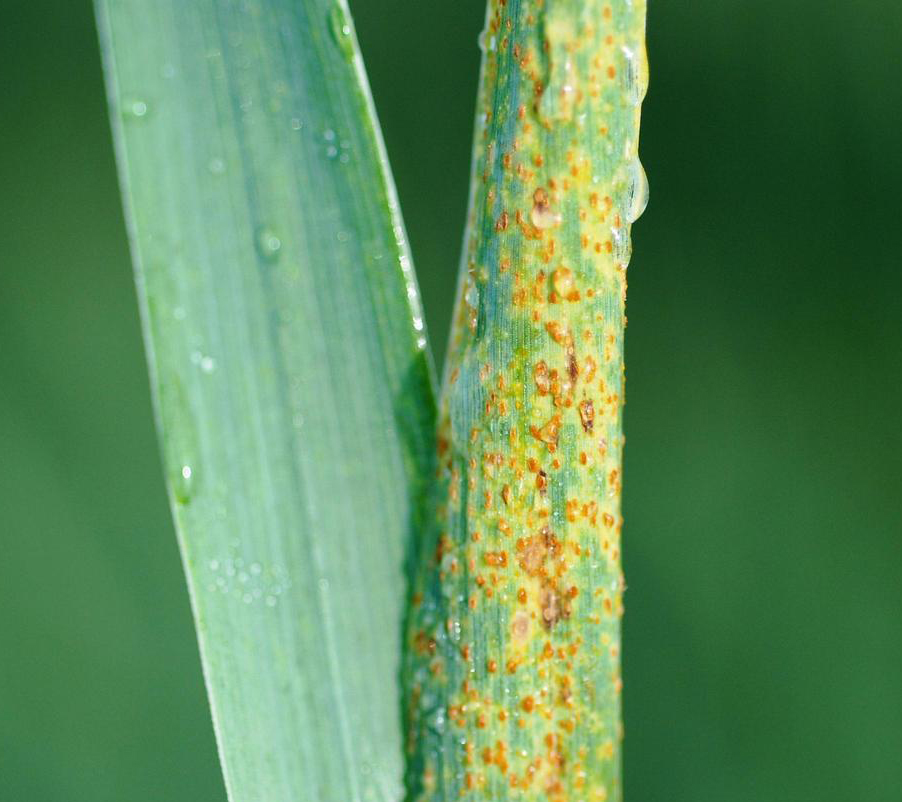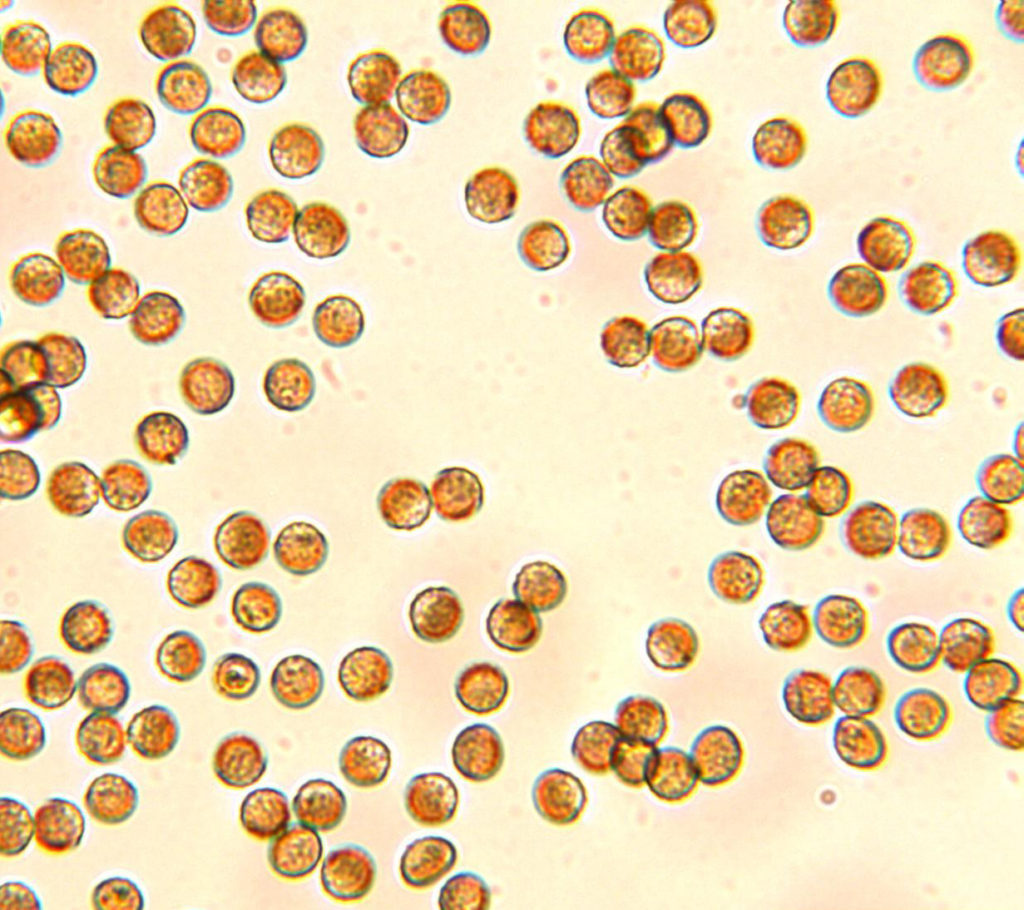The National Predictive Modeling Tool Initiative (NPMTI)
5-Year Action Plan – Overview
Introduction
Historically, tillage was used to bury crop residues in the soil to promote rapid decomposition of stalks, leaves, and associated pathogens, while non-crop areas were often maintained vegetation-free. With soil conservation programs, residues now remain on the surface providing necessary soil health benefits but also leaving pathogen inoculum for future crop infection. Non-crop areas now are managed as grassed waterways, filter strips, and wildlife habitats that can serve as a pathogen bridge from one crop season to the next. While these conservation practices provide important benefits, they also increase the risk of crop diseases.
Methods to forecast inoculum exposure would allow growers to take timely preventative actions such as delayed planting, resistant varieties, selective fungicides, crop growth regulators, irrigation management, targeted rotations, and, only where necessary, limited tillage, among other agronomic practices.
Individual 5-Year Plans
These are offered so that interested scientists can understand the scope, breadth, and projected future of the research that will be undertaken by the Corn, Cotton, and Wheat RACs as well as the plans of collaborating organizations – Los Alamos National Laboratory and the National Agricultural Genotyping Center. The plans are also being presented to help potential new crop research areas and interested research facilities with the formatting of their proposals.
To see details of each RAC and the collaborating organizations, click on the respective heading
Goal #1:
Develop and validate prediction tools for diseases and mycotoxins affecting corn to maximize the efficacy of management decisions and consequently reduce yield losses.
Goal #2:
Enhance communication and end-user education/outreach for an audience including, but not limited to, farmers, agricultural advisors, research community, and grain processors.


Goal #1:
Develop and validate prediction tools for diseases affecting cotton to maximize the efficacy of management decisions and consequently reduce yield losses and input expenses.
Goal #2:
Enhance communication and education/outreach for an audience including, but not limited to, producers, ginners, agricultural advisors, research community, and supply chain participants.
Goal #3:
Encourage private sector investment and utilization that will help sustain the application of NPMTI tools.
Goal #1:
Develop and validate prediction models tools for diseases affecting wheat and tools that support disease management decisions and help reduce yield losses.
Goal #2:
Enhance communication and end-user education/outreach for an audience including, but not limited to, producers, agricultural advisors, research community, and grain processors.


Goal #1:
Evaluate disparate crop related data sets and adapt LANL analytics and models for the purposes of crop disease forecasting.
Goal #2:
Development of new pathogen detection assays for implementation in field and as new data streams for models, developed internally and through NPMTI partnerships.
Goal #1:
Shorten turnaround time between development and validation for specific pathogen tests within and among commodity groups.
Goal #2:
Provide high-throughput testing support to participating research institutions.
Goal #3:
Research & Development in the next generation of quantitative technology for pathogens.
Goal #4:
Lead in-person training for graduate students, postdoctoral researchers, and other visiting scholars in molecular diagnostic techniques.

